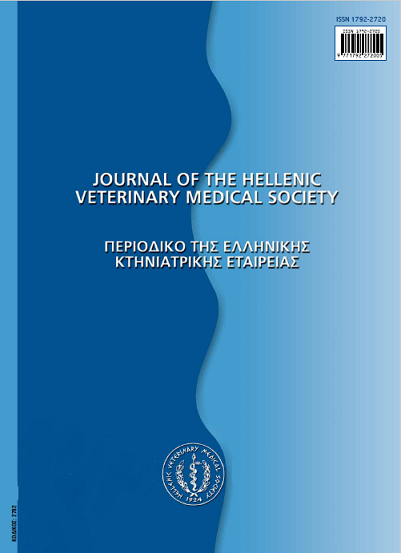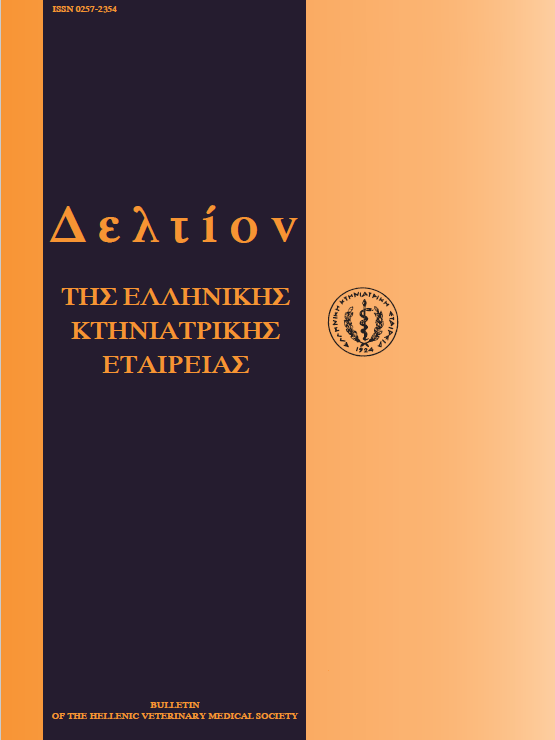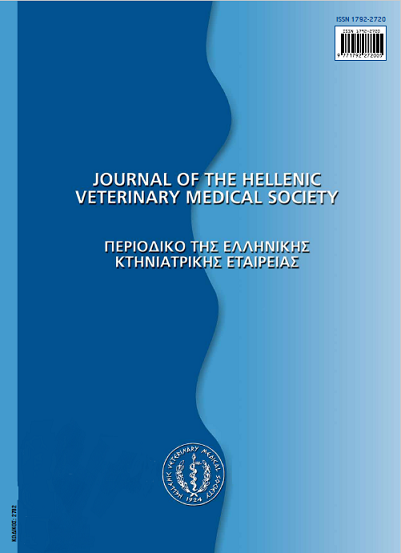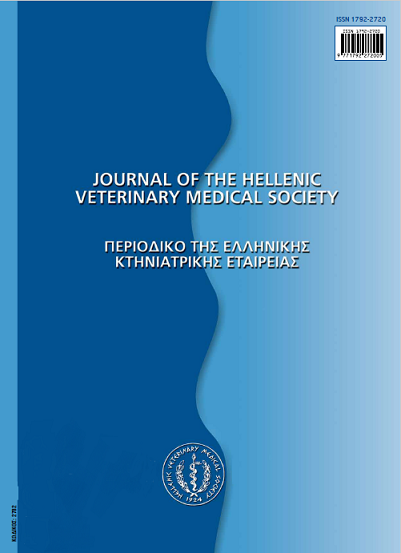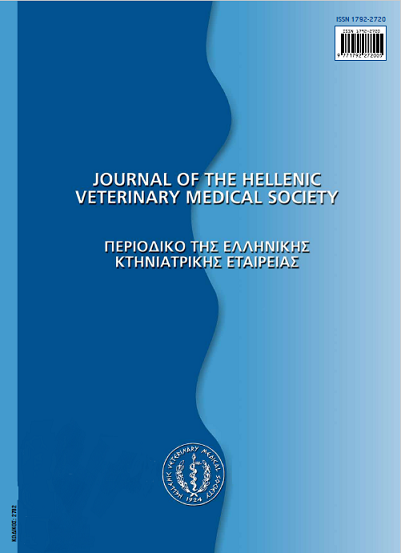Antibiotic resistance of Staphylococcus intermedius strains isolated from 53 natural cases of canine pyoderma
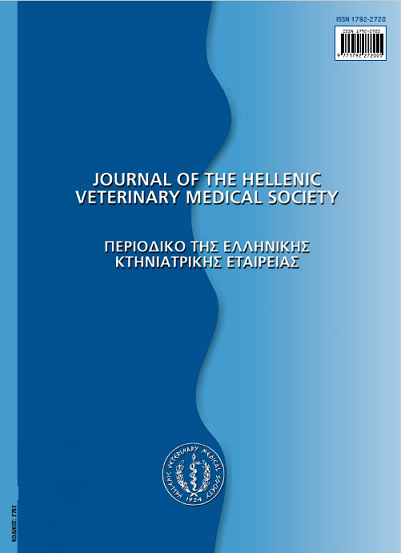
Abstract
Samples for bacterial cultures on blood agar were obtained from the skin lesions of 53 dogs demonstrating the typical clinical and cytological features of superficial (n=17) or deep (n=36) pyoderma. None of them had received any kind of antimicrobial therapy within the previous month. The Staphylococcus looking colonies were recultured on blood and Chapman agar for staphylococcal species identification and biotyping. All 53 coagulasepositive staphylococcal isolates were eventually identified as S. intermedius. The susceptibility for each of these isolates was tested against 12 different antibiotics with the disc diffusion method. Resistance rates were found to be 0% for amoxicillin/clavulanate, 11.3% for oxacillin, 7.5% for cefalexin, 5.7% for enrofloxacin, 32.1% for erythromycin, 11.3% for tylosin, 20.8% for lincomycin, 18.9% for clindamycin, 32.1% for doxycycline, 5.7% for amicacin, 7.5% for chloramphenicol and 92.5% for trimethoprim/sulfamethoxazole. No correlation between the resistance pattern and either the age, breed, sex, and the animals' lifestyle, or the depth of skin infection, the presence or not of underlying diseases and any past treatment with antibiotics was identified.
Article Details
- How to Cite
-
SARIDOMICHELAKIS (Μ. Ν. ΣΑΡΙΔΟΜΙΧΕΛΑΚΗΣ) M. N., KOUTINAS (Α.Φ. ΚΟΥΤΙΝΑΣ) A. F., HELIADIS (Ν. ΗΛΙΑΔΗΣ) N., GEORGOPOULOU (Ι. ΓΕΩΡΓΟΠΟΥΛΟΥ) I., & LEONTIDES (Λ. ΛΕΟΝΤΙΔΗΣ) L. (2018). Antibiotic resistance of Staphylococcus intermedius strains isolated from 53 natural cases of canine pyoderma. Journal of the Hellenic Veterinary Medical Society, 53(4), 325–334. https://doi.org/10.12681/jhvms.15388
- Issue
- Vol. 53 No. 4 (2002)
- Section
- Research Articles

This work is licensed under a Creative Commons Attribution-NonCommercial 4.0 International License.
Authors who publish with this journal agree to the following terms:
· Authors retain copyright and grant the journal right of first publication with the work simultaneously licensed under a Creative Commons Attribution Non-Commercial License that allows others to share the work with an acknowledgement of the work's authorship and initial publication in this journal.
· Authors are able to enter into separate, additional contractual arrangements for the non-exclusive distribution of the journal's published version of the work (e.g. post it to an institutional repository or publish it in a book), with an acknowledgement of its initial publication in this journal.
· Authors are permitted and encouraged to post their work online (preferably in institutional repositories or on their website) prior to and during the submission process, as it can lead to productive exchanges, as well as earlier and greater citation of published work.



